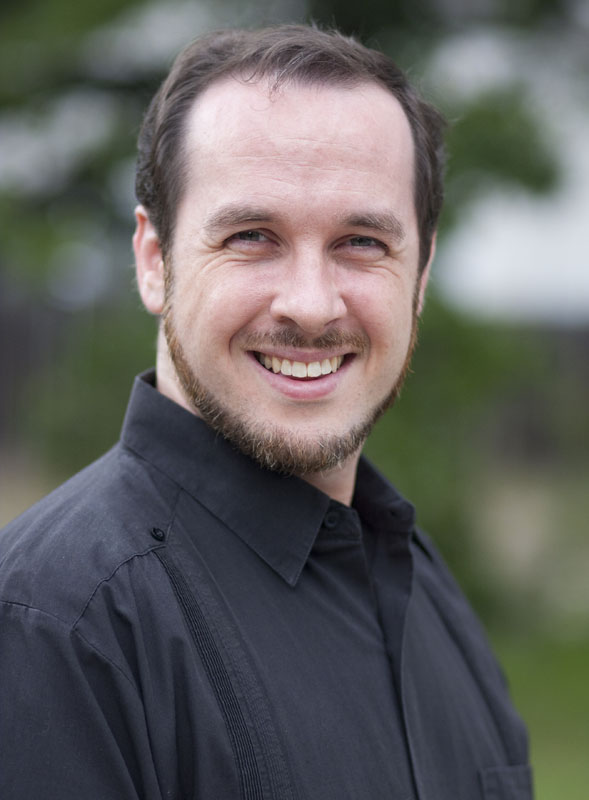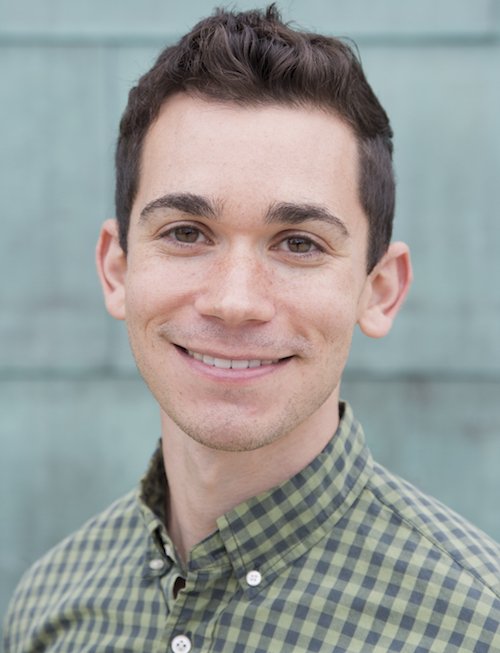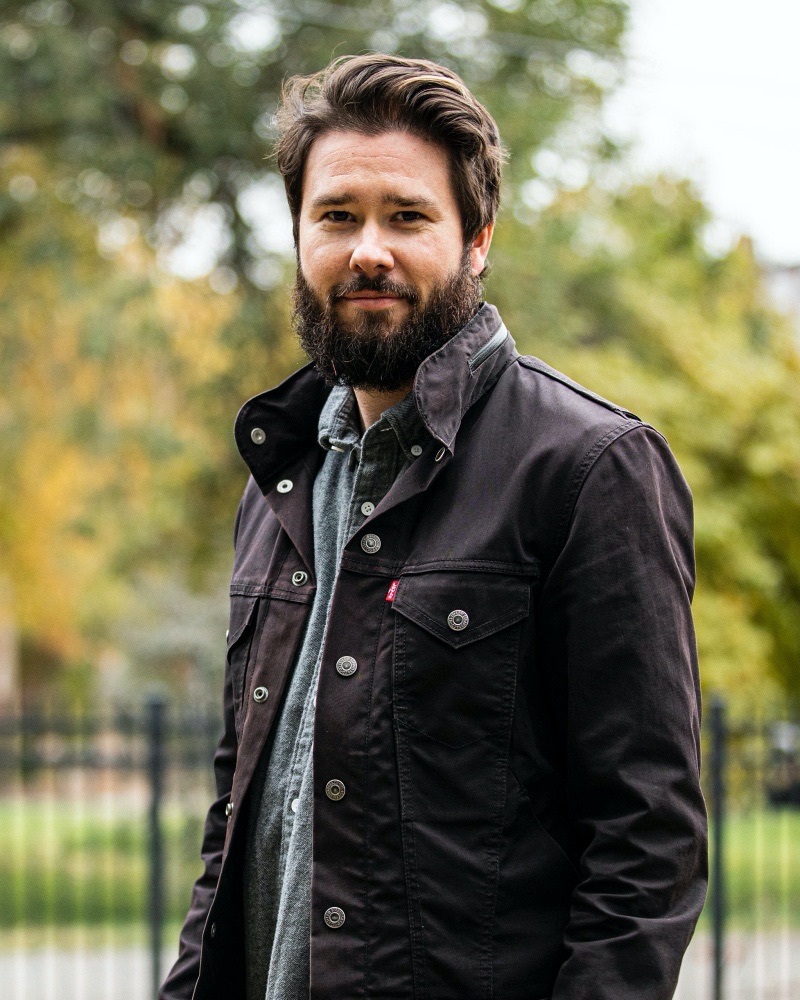
by Jason Kivela | Mar 31, 2023 | Blog
Marshall Ryan Maresca (he/him) is a fantasy and science-fiction writer, author of the Maradaine Saga: Four braided series set amid the bustling streets and crime-ridden districts of the exotic city called Maradaine, which includes The Thorn of Dentonhill, A Murder of...

by Michele Kirichanskaya | Mar 29, 2023 | Blog
Golan Moskowitz is Assistant Professor of Jewish Studies at Tulane University in New Orleans, Louisiana. He is a literary scholar, cultural historian, and visual artist who works at the intersection of modern Jewish studies, gender and queer studies, and trauma and...

by Alexa Goodrich-Houska (she/they) | Mar 28, 2023 | Blog
Busy Geek Breakdown: Lifelong Trekkie or have never seen an episode? Check out: Season 1; Episode 5. Season 2; Episode 4. Season 3, Episodes 2, 10, 19, 21. Pay special attention to the balance creators and actors held between pushing cultural issues and the FCC...

by Jason Kivela | Mar 26, 2023 | Blog
S.L. Rowland (he/him) is a wanderer. Whether that’s getting lost in the woods or road-tripping coast to coast with his Shiba Inu, Lawson, he goes where the wind blows. When not writing, he enjoys hiking, reading, weightlifting, playing video games, and having his...

by Michele Kirichanskaya | Mar 25, 2023 | Blog
Sarah Whalen is the author of This Doesn’t Mean Anything, the first of four interconnected books in the series. She writes ace-affirming love stories and grumpy girls who learn to let other people in. When she’s not writing or reading, she spends her time journaling...






